(The pictures on the top of each two-picture set are of American species and are mine. The pictures on the bottom are of their counterparts from Europe or Asia, and are stock pictures from the Internet - mainly, Wikipedia.)
Let's start with a bird that's surely familiar to everyone: American Robin (top). It's actually a type of a thrush, a family of birds that feed on insects and berries found on the ground (thus its rigorous lawn-upending activities). The European Robin (bottom), on the other hand, is a type of a flycatcher - it hunts insects on the fly, although it forages on the ground too.
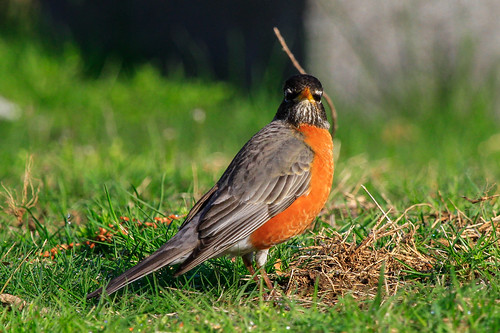
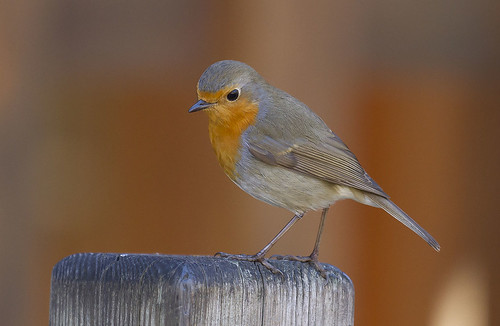
The American Goldfinch (top) and the European Goldfinch (bottom) have similar size and behavior, but very different coloring:
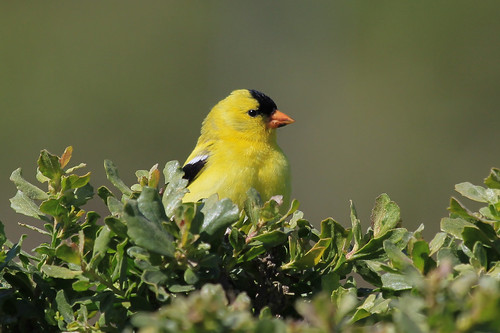
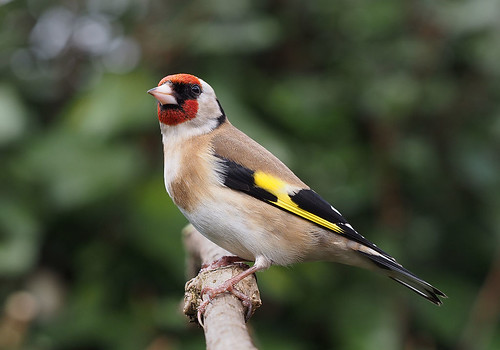
American Kestrels (top) rely on insects more than their European counterparts, such as the Common Kestrel (bottom). Europe boasts four different types of kestrels, and their main food is voles and mice. Cool fact: both sets of kestrels also hunt other birds, and are able to take prey twice their weight on the fly.
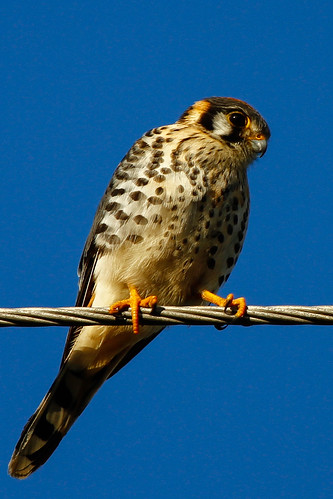
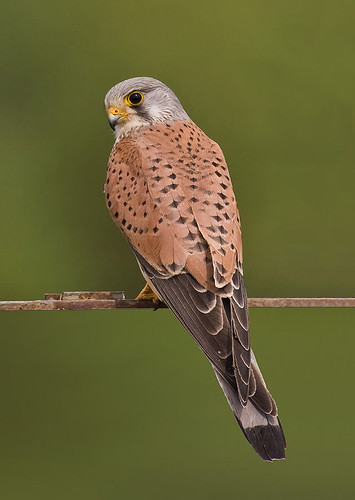
American White Pelican (top) breeds in interior lakes of the American West. The Great White Pelican (bottom) ranges from Europe to Africa and Asia. Both have very similar feeding habits: They do not dive for food but scoop the fish up while swimming, sometimes coming together in groups of up 6-8 in a horseshoe pattern to corral it together.
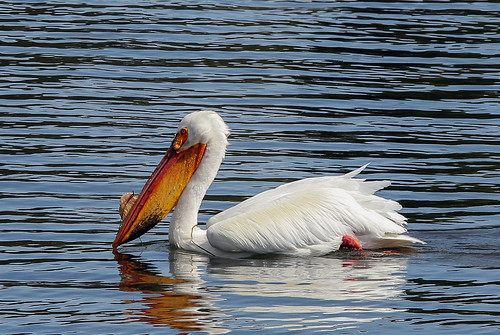
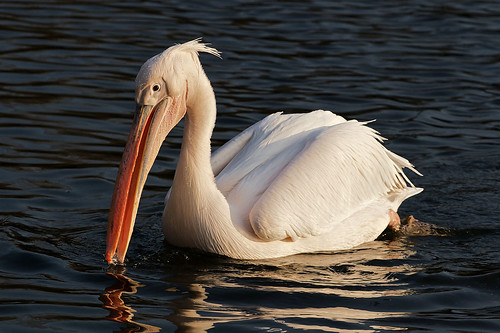
American Oystercatcher (top) is actually not the only American oystercatcher. The other one is the Black Oystercatcher (bottom). The former is found mainly on the East and southern coasts, while the latter lives on the West Coast.
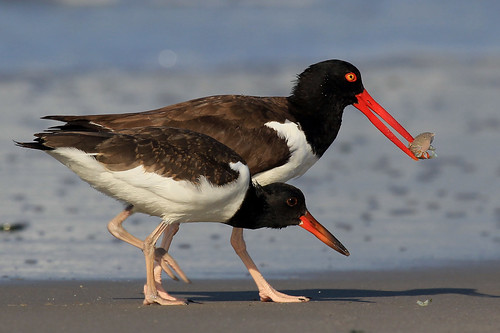

American Wigeon (top) and Eurasian Wigeon (bottom) are very close relatives. Every winter, a number of European birds end up in North America. Some stay for the summer and hybridize with the American ones. Both types of duck are noisy and visible, but the Eurasian Wigeons are more common in Europe than the American ones are in the U.S.


Final example: the avocet. There is one species of avocet in each continent. The American Avocet (top) breeds in the West but winters on the southern Atlantic coast. Pied Avocet (bottom) breeds in Europe and central Asia, and winters in Africa and southern Asia. Both feature distinct slender, long, upcurved bills.
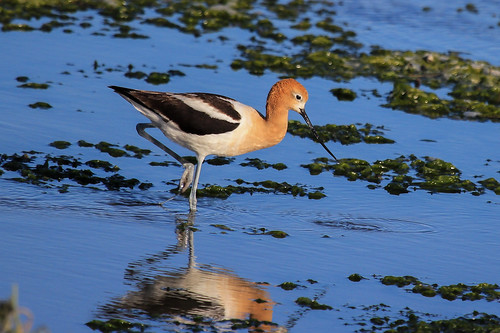
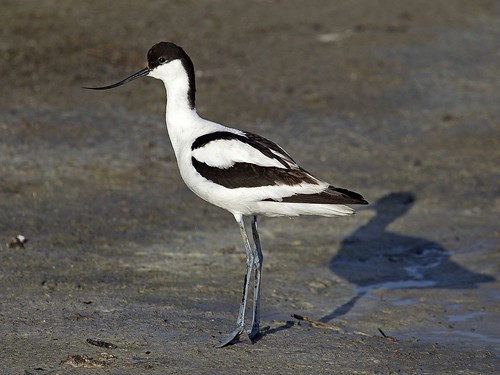

No comments:
Post a Comment